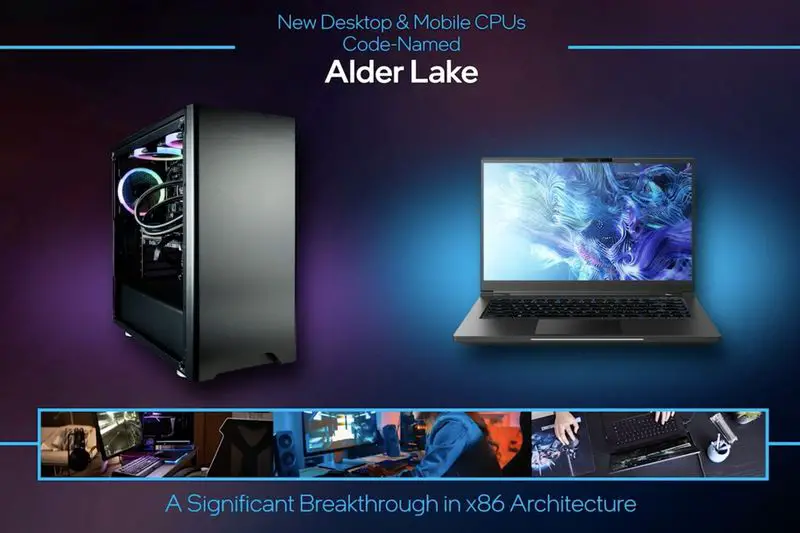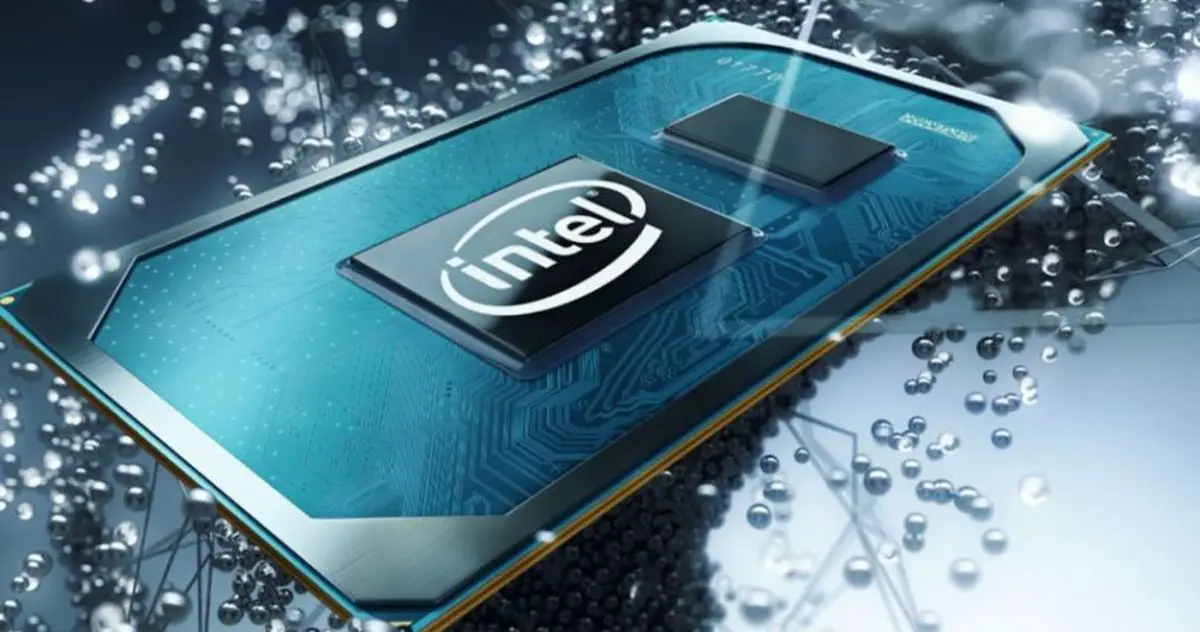Intel Alder Lake was one of the four processing platforms announced by the chip giant at CES. And undoubtedly the most innovative and important both for its changes at the silicon level, and for its goal of closing a transition to 10 nm technological processes that have taken a heavy toll on the company, loss of market share to AMD, and the resignation of its CEO, Bob Swan.
Intel presented the outlines of what these CPUs will offer, but without announcing models, prices or availability. According to unconfirmed information, Intel would announce the launch as early as September. The company would also announce the motherboards at the same event, essential because they will not be compatible with any of the above.

Circumstances of life, or rather of the delay in the launch of the Rocket Lake-S (expected in March), would result in the company launching two desktop platforms within six months. And they are so different and incompatible that – to be honest – it is difficult to advise a hardware change now unless necessity forces.
Why is Intel Alder Lake important?
To begin with, they will be Intel’s first desktop processors manufactured in 10 nanometers, improved ‘SuperFin’ technological processes. Another major novelty is that it will use a hybrid architecture that will transfer to PCs the big. LITTLE design philosophy proposed by ARM and massively used in devices such as smartphones.
The basic idea is to combine high-performance CPU processing cores with other types of cores of lower power, but with greater efficiency to balance performance, consumption, and also the final sale price. The Lakefield platform for foldable has already given us an idea, but Alder Lake-S will go much further.
One of the confirmed desktop models (Alder Lake-S), the Core i9-12900K, will feature a 16-core (8+8) design and the ability to handle 24 threads. Eight of those physical cores will be the high-performance Golden Cove cores with an unlocked multiplier and another eight of the more efficient Gracemont cores for less demanding computing tasks. It will be interesting to know how they work, add power or enable/disable each other.
Another section of great interest will be the support for new technologies. And go preparing an extra budget because it will not be cheap if the jump to DDR5 RAM and PCIe 5.0 interface is confirmed (additional support for PCIe 4.0). As it is obvious it will need all kinds of new hardware starting with motherboards with 600 series chipset and LGA-1700 socket that will make incompatible all the above.
We always talk about “interest” in a new platform, but this Intel Alder Lake will be in its own right, especially in its “S” variant for desktops. And they will have AMD’s replica with the Zen4 platform, also incompatible with previous CPUs, but of the same importance because it is supposed to offer the same support as Intel.





